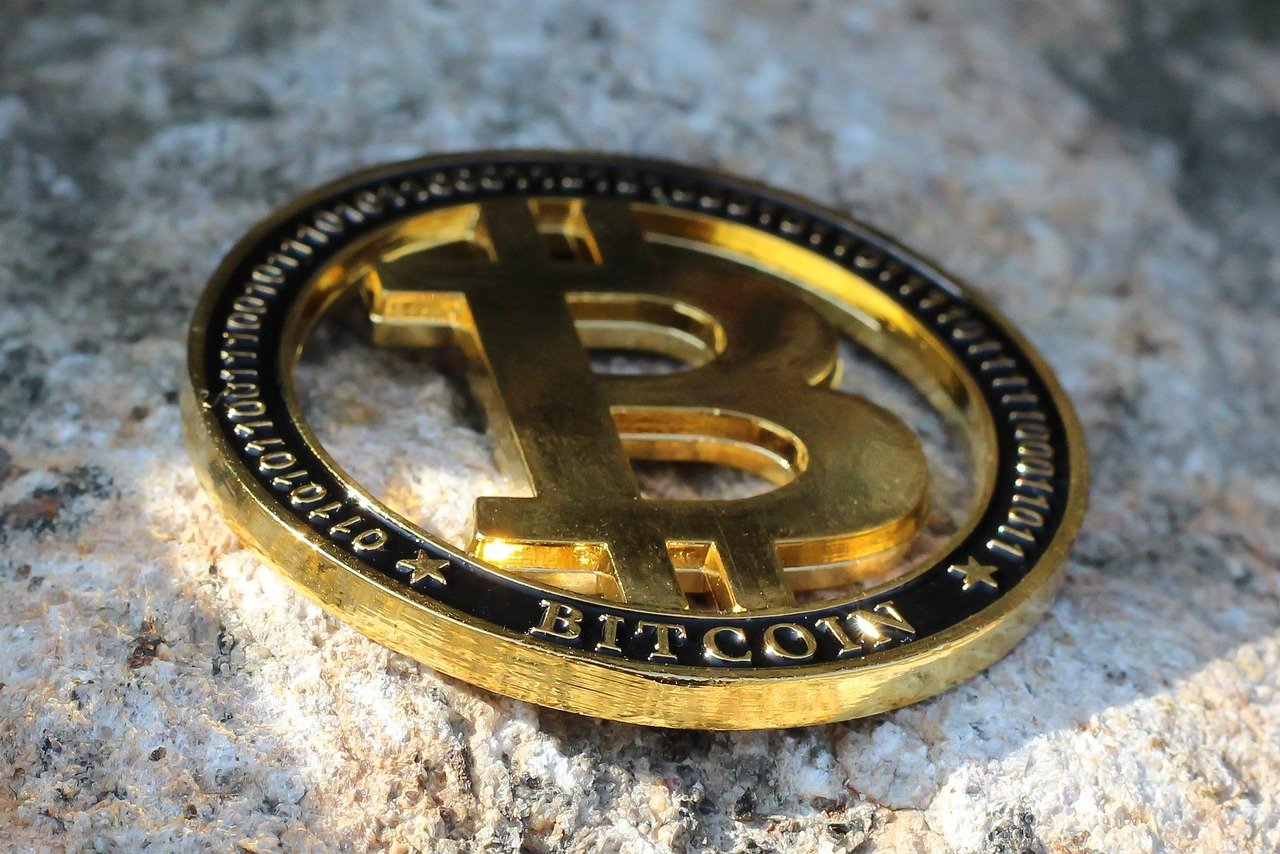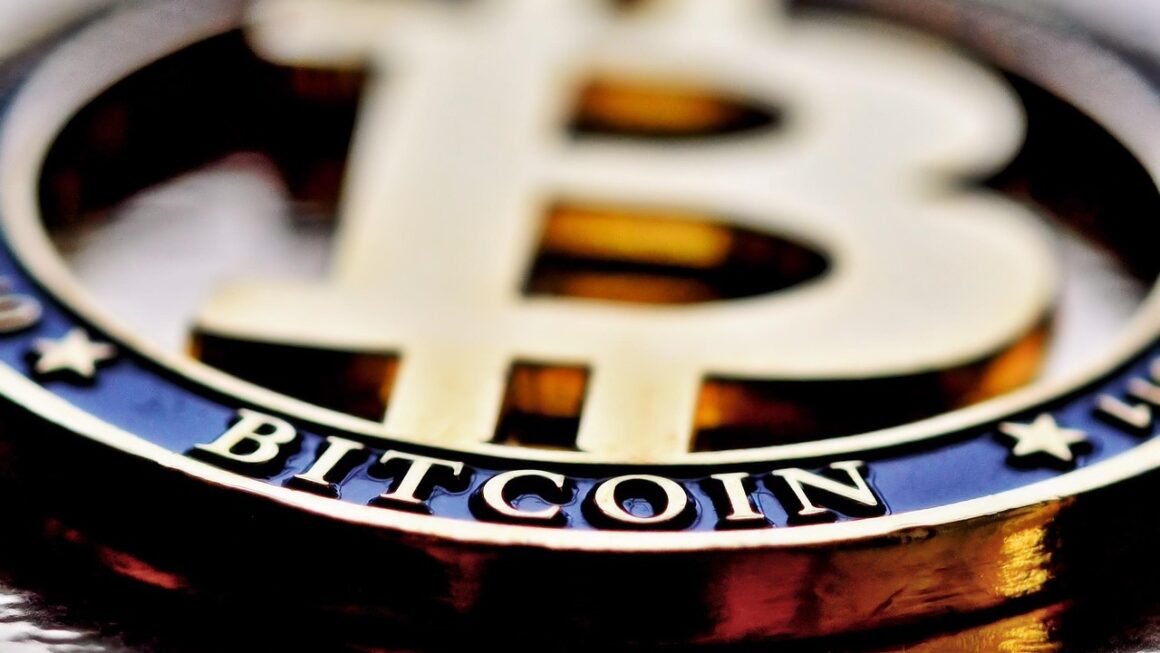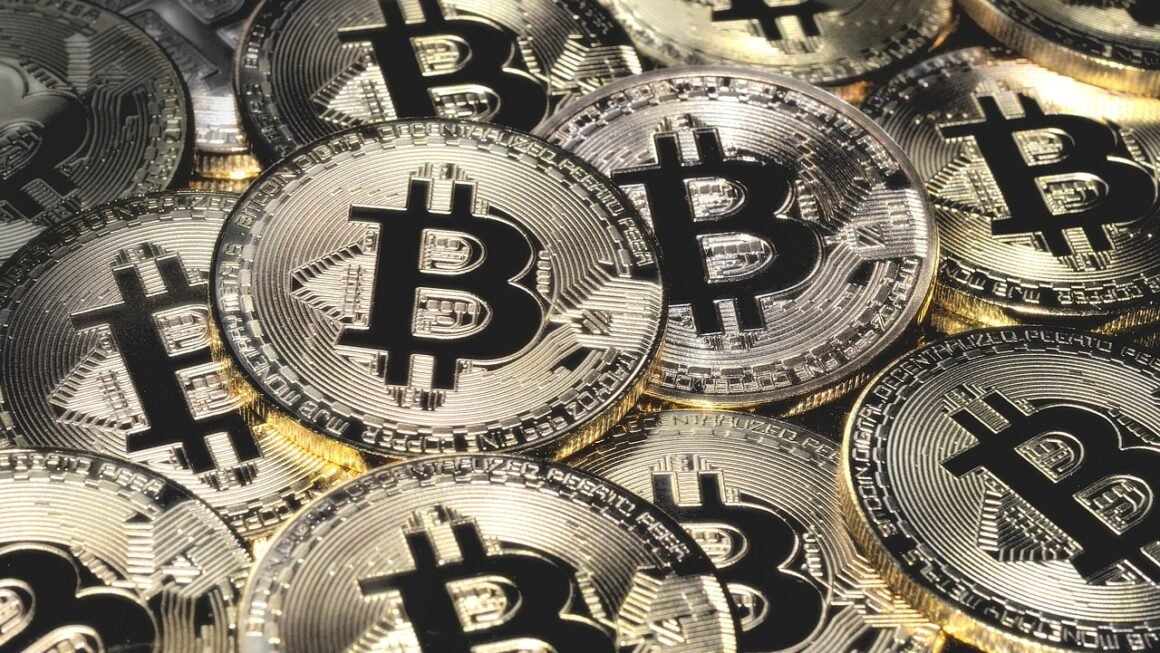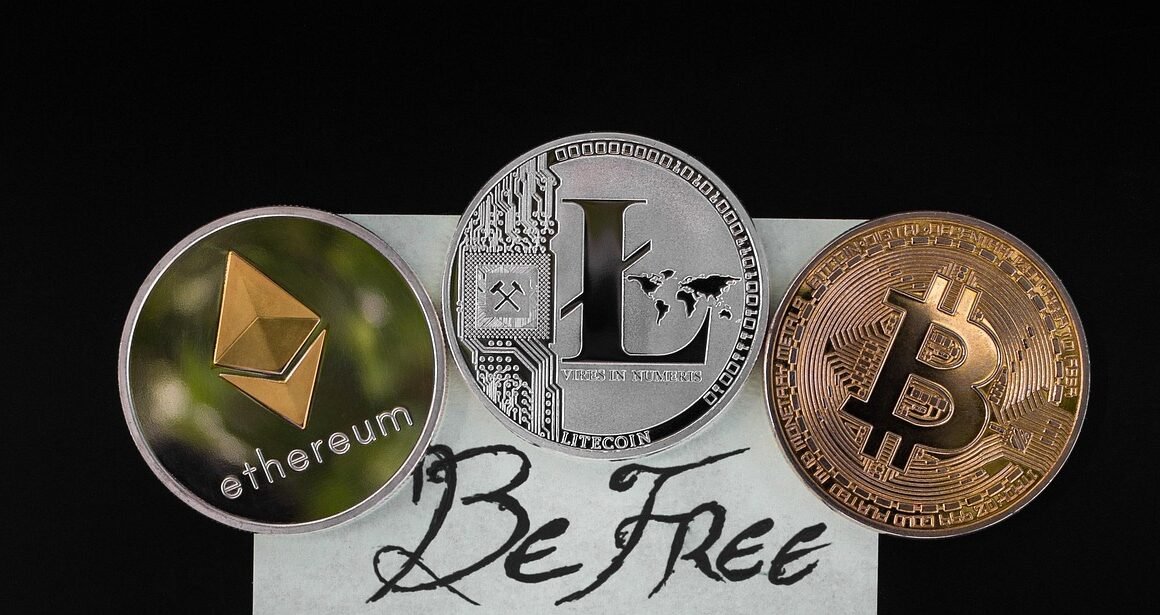Deflationary tokens have emerged as a fascinating concept in the cryptocurrency space, promising scarcity and potential value appreciation through a mechanism that reduces the token supply over time. Unlike traditional inflationary currencies, deflationary tokens aim to combat inflation by actively removing tokens from circulation, potentially benefiting long-term holders. This blog post delves into the intricacies of deflationary tokens, exploring their mechanisms, benefits, risks, and real-world examples.
Understanding Deflationary Tokens
What are Deflationary Tokens?
Deflationary tokens are cryptocurrencies designed with a built-in mechanism to decrease their total supply over time. This is achieved by burning a percentage of tokens during transactions or through other supply-reducing events. The core idea is that as the supply decreases while demand remains constant or increases, the value of each remaining token may rise.
How do Deflationary Mechanisms Work?
The most common deflationary mechanism is the “burn” function, where a small percentage of tokens from each transaction is permanently removed from circulation. Here’s a breakdown of typical mechanisms:
- Transaction Fees: A percentage of the transaction fee is burned. For example, a token might implement a 1% burn fee on every transaction.
- Buyback and Burn: The project team uses a portion of the project’s revenue to buy back tokens from the open market and then burns them.
- Periodic Burns: The team burns a specific number of tokens at predetermined intervals (e.g., monthly or quarterly).
- Event-Based Burns: Tokens are burned in response to specific milestones being achieved or events occurring within the project.
Benefits of Deflationary Tokenomics
Deflationary tokenomics can offer several potential advantages:
- Potential Value Appreciation: Reduced supply with steady or increasing demand may lead to price appreciation over time.
- Incentive for Holding: The deflationary mechanism can incentivize users to hold tokens rather than spend them, fostering a strong community of long-term supporters.
- Combating Inflation: By reducing the circulating supply, deflationary tokens can help combat inflation, which can be a concern with some cryptocurrencies and traditional fiat currencies.
- Token Scarcity: The burning mechanism creates scarcity, which is a fundamental driver of value.
Examples of Deflationary Tokens
SafeMoon
SafeMoon is one of the most well-known examples of a deflationary token. It implements a 10% fee on every transaction, with 5% distributed to existing token holders (redistribution) and 5% burned (deflation). This mechanism aimed to incentivize holding and discourage selling.
- Features: Transaction tax, redistribution to holders, burn mechanism.
- Impact: SafeMoon gained significant popularity early on due to its promise of rewarding holders and reducing supply, although it also faced criticism regarding its long-term sustainability.
Shiba Inu (SHIB)
While Shiba Inu is not primarily designed as a pure deflationary token, it does incorporate burn mechanisms. Community-led initiatives and events have contributed to the burning of substantial amounts of SHIB tokens, reducing the circulating supply.
- Features: Burn portals, community burn events.
- Impact: The burn initiatives have been largely driven by the community’s desire to increase the value of SHIB tokens.
Binance Coin (BNB)
Binance Coin employs a quarterly burn mechanism. Binance uses a portion of its profits to buy back and burn BNB tokens, aiming to reduce the total supply over time. They initially committed to burning 50% of the total BNB supply (100 million BNB).
- Features: Quarterly burn events, buyback program.
- Impact: BNB’s burn mechanism has contributed to its perceived value and its role within the Binance ecosystem.
Risks and Challenges of Deflationary Tokens
Potential for Reduced Liquidity
As the supply of a deflationary token decreases, the liquidity can also decrease. This means it can become more difficult to buy or sell large amounts of the token without significantly impacting the price. This is particularly true for tokens with low trading volume.
- Impact: Reduced liquidity can lead to price volatility and make it harder for users to trade their tokens efficiently.
Incentive to Hoard
The promise of increasing value due to deflation can incentivize users to hoard tokens rather than spend them. This can stifle the token’s utility as a medium of exchange. If nobody is using the token, it becomes less useful and therefore less valuable.
- Impact: Reduced transaction activity can limit the token’s real-world applications and hinder its adoption.
Project Sustainability
The long-term success of a deflationary token project depends heavily on its underlying utility, community support, and the overall health of the project. If the project fails to deliver on its promises or loses community interest, the deflationary mechanism alone may not be enough to sustain the token’s value.
- Impact: A failing project can lead to a significant drop in token value, regardless of the deflationary mechanism.
Smart Contract Vulnerabilities
Like any cryptocurrency, deflationary tokens are susceptible to smart contract vulnerabilities. A flaw in the code could potentially be exploited to manipulate the token supply or drain funds from users.
- Impact: Smart contract vulnerabilities can lead to significant financial losses for token holders. It is important to audit the token’s smart contract before investing.
Evaluating Deflationary Token Projects
Assess the Project’s Fundamentals
Before investing in a deflationary token, it is crucial to thoroughly assess the project’s fundamentals. Consider the following factors:
- Utility: What problem does the token solve? Does it have a clear use case and real-world applications?
- Team: Who is behind the project? Do they have a proven track record and relevant experience?
- Community: Is there a strong and active community supporting the project?
- Whitepaper: Does the whitepaper provide a clear and comprehensive explanation of the project’s goals, technology, and tokenomics?
- Market Cap and Liquidity: What is the current market capitalization and liquidity of the token? A lower market cap may indicate higher risk, while low liquidity can make trading more difficult.
Understand the Tokenomics
Carefully analyze the tokenomics of the deflationary token. Pay attention to the following aspects:
- Burn Rate: What percentage of tokens is burned per transaction or period? A higher burn rate may not always be better, as it could lead to faster liquidity depletion.
- Total Supply and Circulating Supply: What is the total supply of the token, and what is the current circulating supply? How much of the total supply has already been burned?
- Distribution Mechanism: How are the tokens distributed? Are there any large holders who could potentially manipulate the market?
Research and Due Diligence
Conduct thorough research and due diligence before investing in any cryptocurrency, including deflationary tokens. Read reviews, analyze market data, and consult with financial advisors if needed. Remember that all investments carry risk, and it is important to invest only what you can afford to lose.
- Check for audits: Confirm that the smart contract has been audited by reputable firms.
- Look for reviews: Read reviews and opinions from reputable sources.
- Consider market sentiment: Understand the overall market sentiment towards the token.
Conclusion
Deflationary tokens present an interesting approach to cryptocurrency economics, with the potential to create scarcity and drive value appreciation. However, it’s crucial to understand the risks and challenges associated with these tokens, including reduced liquidity, the incentive to hoard, and the importance of project sustainability. By thoroughly evaluating the project’s fundamentals, understanding the tokenomics, and conducting thorough research, investors can make informed decisions about whether or not to invest in deflationary tokens. Remember, as with any cryptocurrency investment, due diligence and risk management are paramount.



